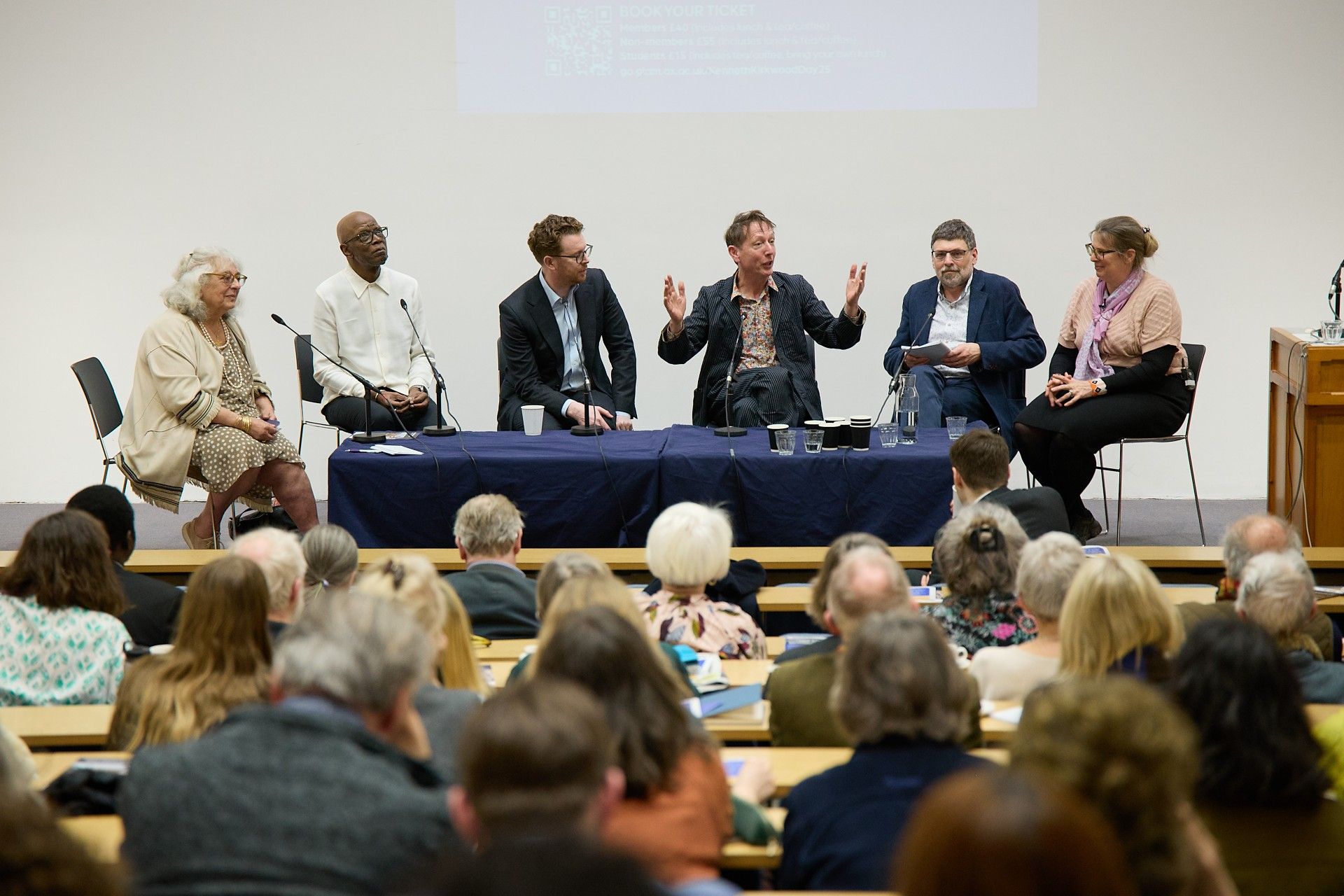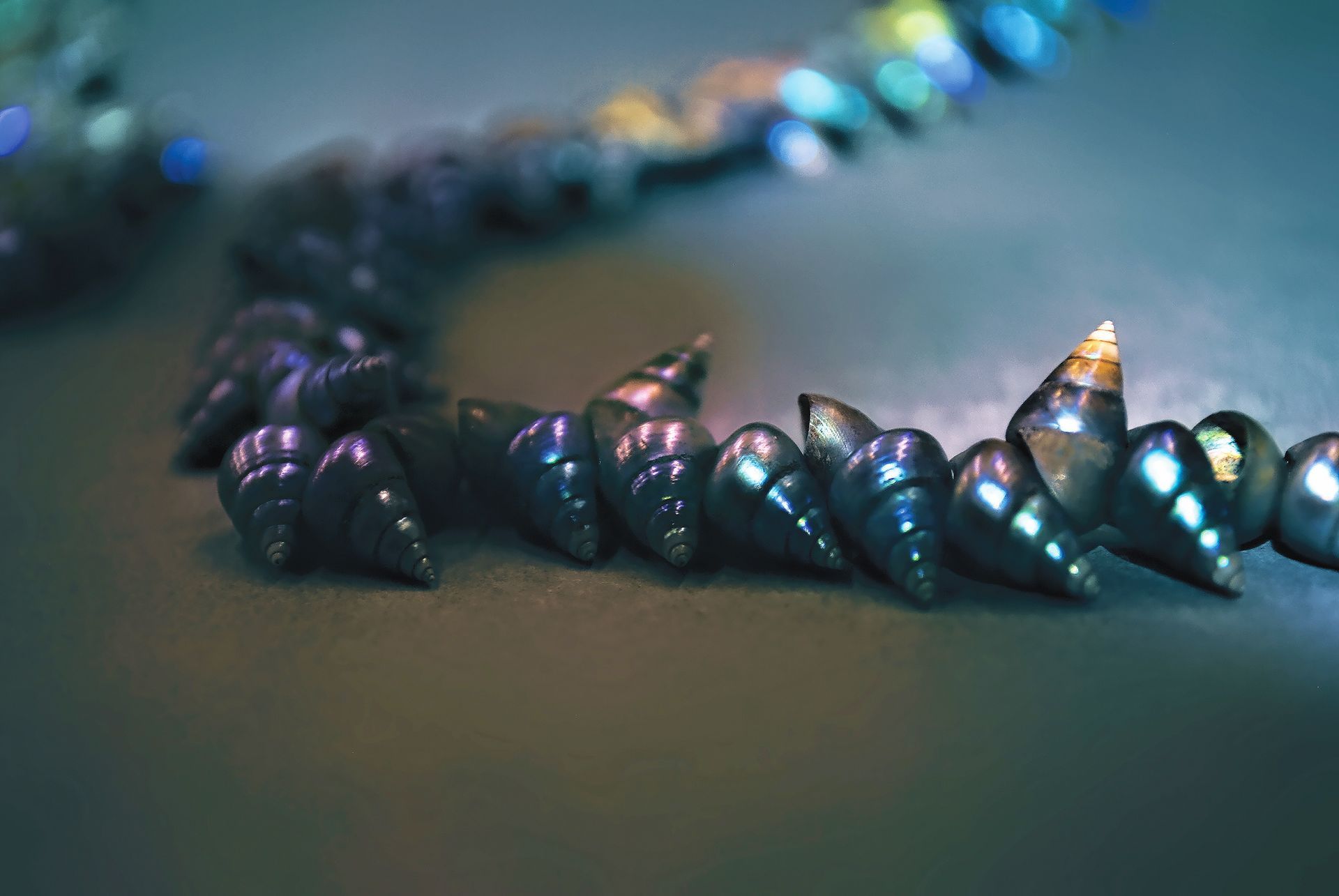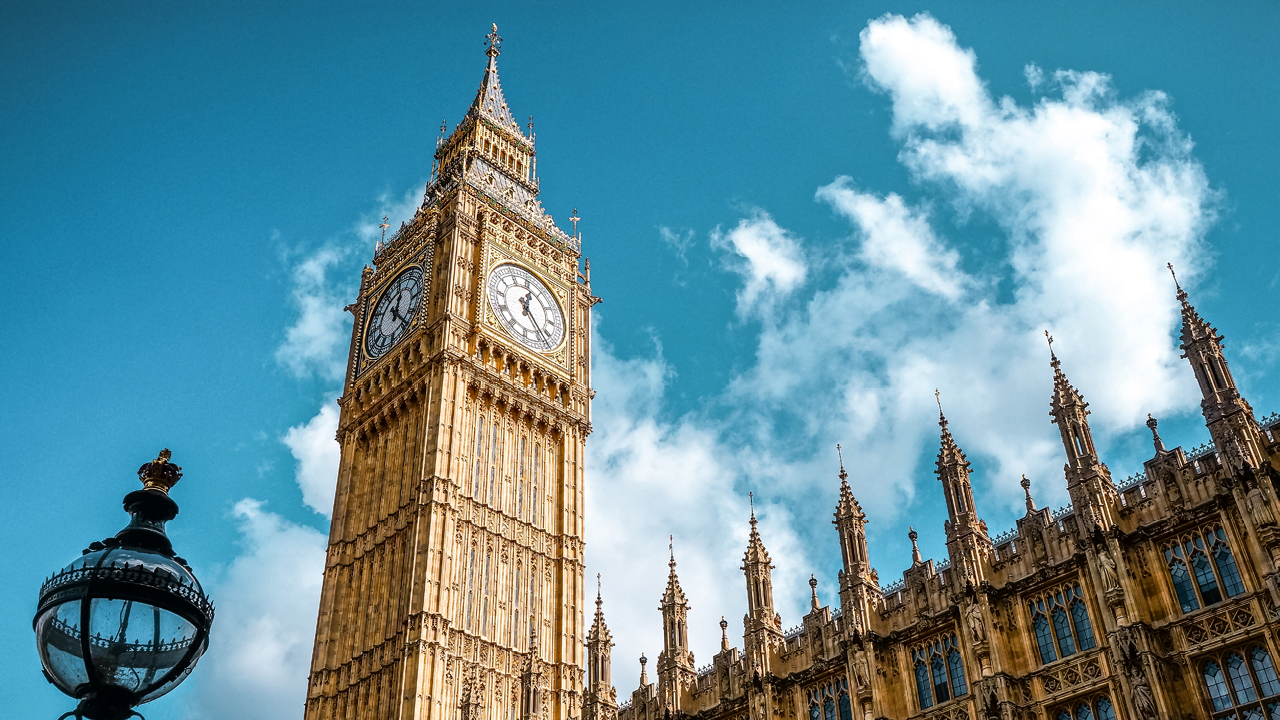Cultural Restitution
SHARE ARTICLE
Norway’s agreement to return thousands of artefacts from the Kon-Tiki Museum in Oslo to Easter Island piles pressure on the British Museum and others to do the same.
Last November, a high level delegation from Rapa Nui (Easter Island) travelled to London and appealed for the return of a ‘unique’ monolithic moai statue, called Hoa Hakananai’a, one of the star attractions in the British Museum’s collection. Like other artefacts from Rapa Nui now in museum collections around the world, the statue was removed during the 19th century without permission from the Islanders. The British Museum’s moai statue was removed in 1868 by Richard Powell, captain of the British frigate, HMS Topaze .
The Rapa Nui artefacts in the Kon-Tiki Museum’s collection have a different history. They arrived in Oslo in the 20th century following two expeditions mounted by the legendary Norwegian explorer Thor Heyerdahl in the 1950s and 1980s. The artefacts he collected, some purchased and others gifted, include human bones and carved artefacts.
Accompanied by five archaeologists, Heyerdahl’s first expedition to Rapa Nui (1955-56) sought traces of this tiny Pacific Ocean island’s first people and prehistory. As well as excavating several moai figures, he was shown a large cache of small sculptures, concealed in secret family-owned caves. Heyerdahl purchased 900 of these sculptures. The story of this expedition was published by Heyerdahl in his book, Aku-Aku: The Secret of Easter Island , published in English in 1958.
The agreement to return Heyerdahl’s collection of Rapa Nui artefacts was made during a state visit to Chile by Norway’s King and Queen last month (end of March) intended to promote further co-operation between the two countries. The process of returning thousands of items will take place over an unspecified period of time.
Heyerdahl’s son, Thor Heyerdahl Jr. who attended the ceremony in Chile, said the initiative was “a fulfilment of my father’s promise to the Rapa Nui authorities that the objects would be returned after they had been analysed.”



